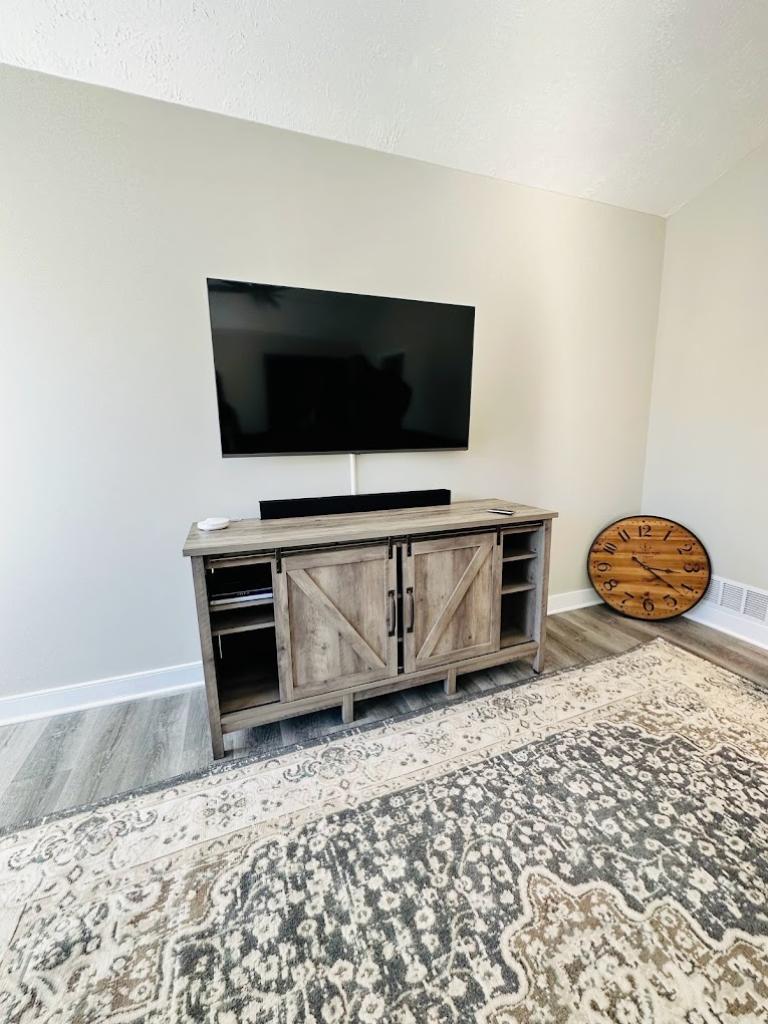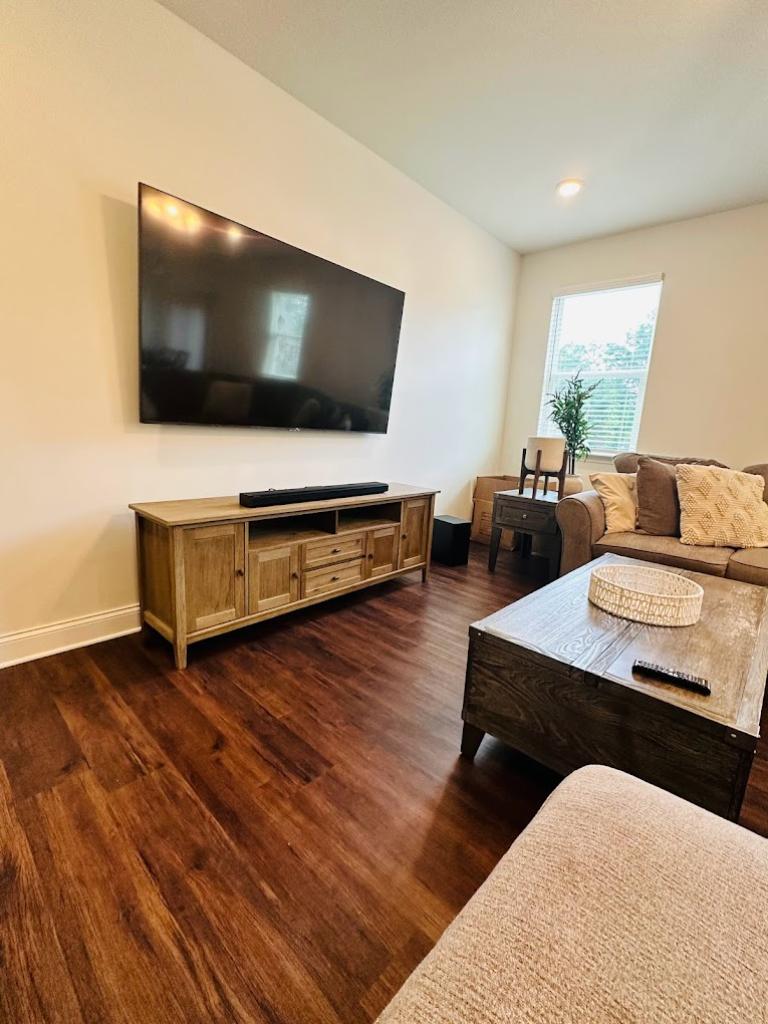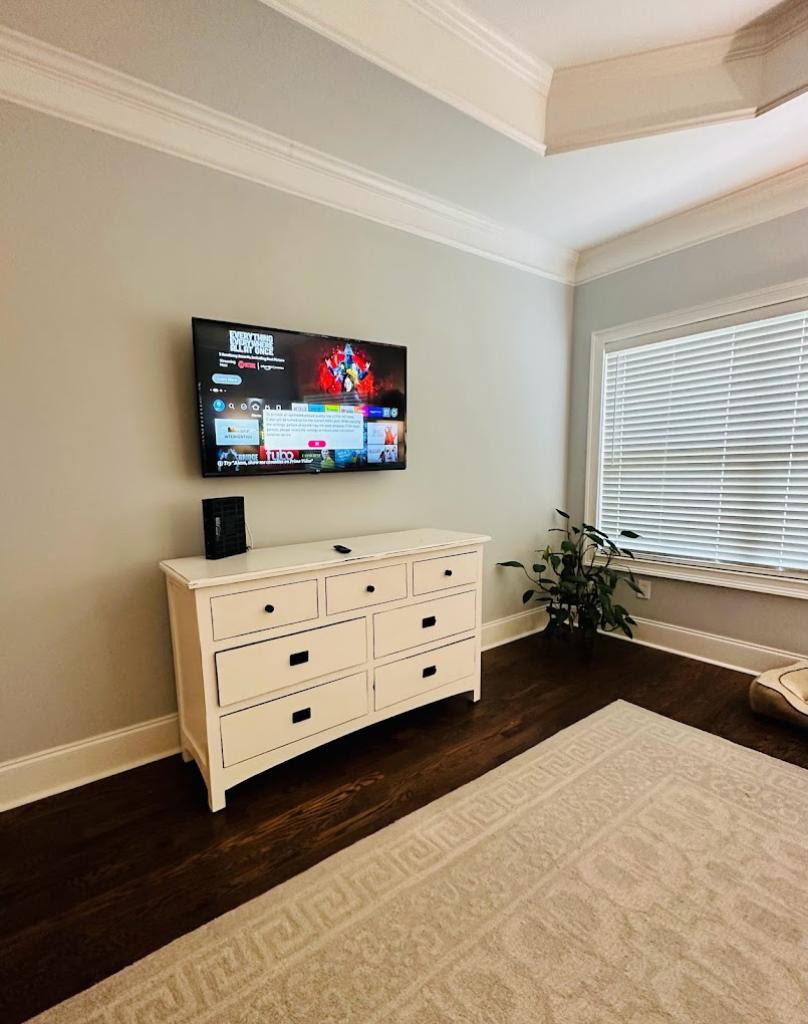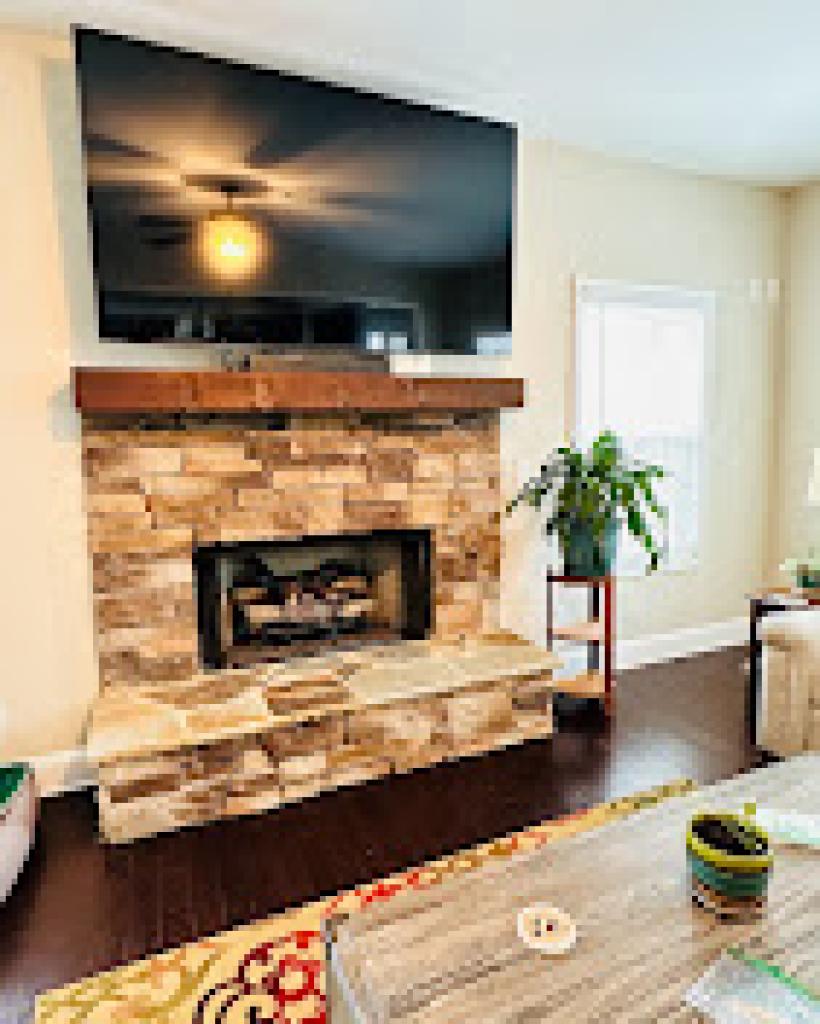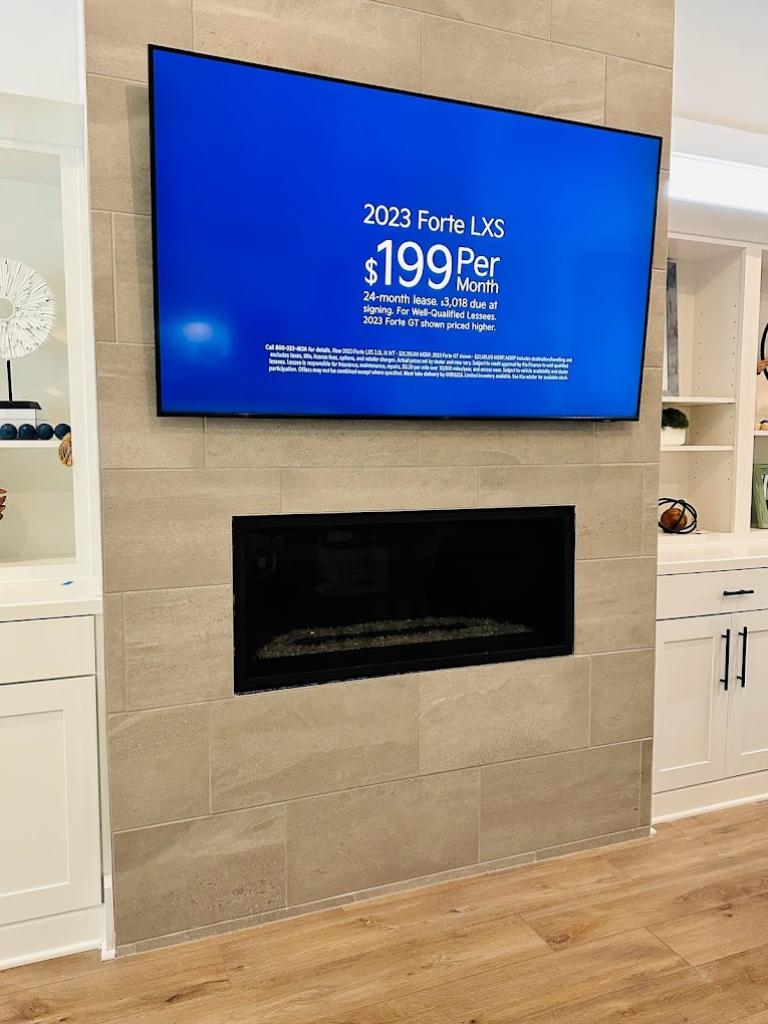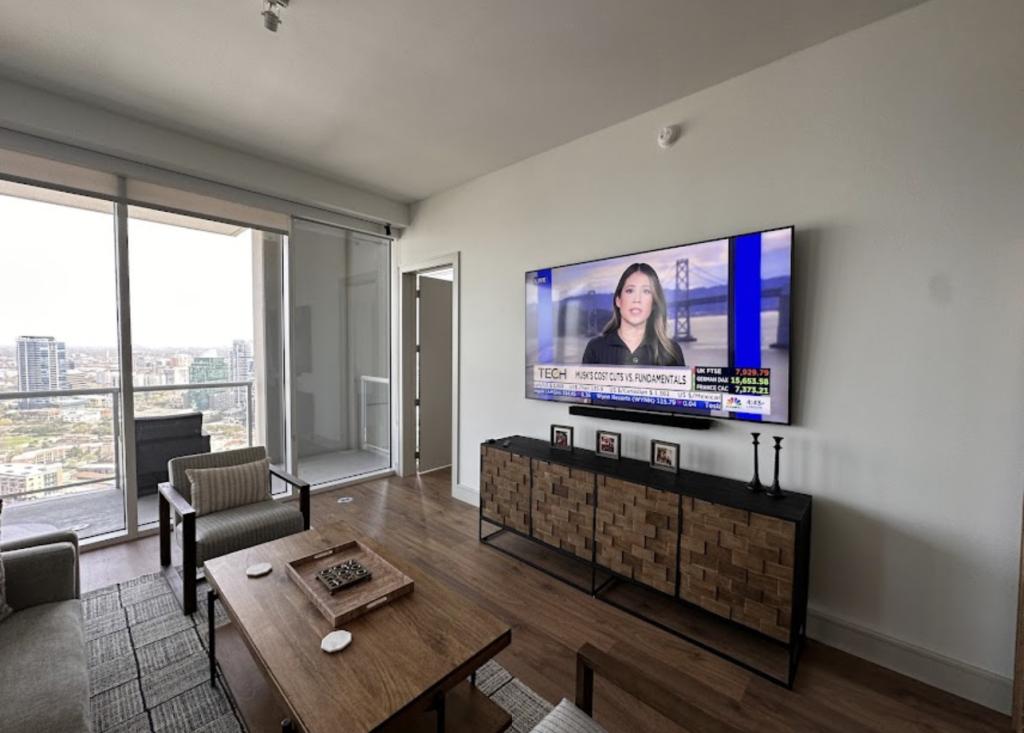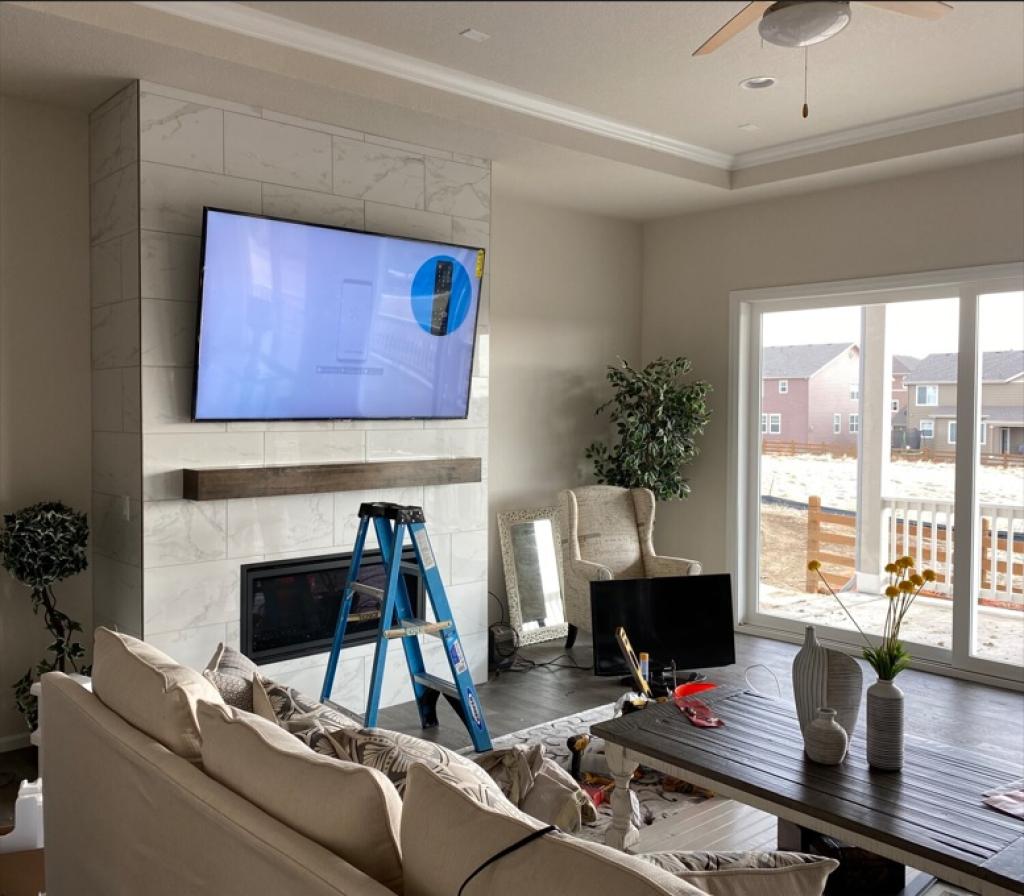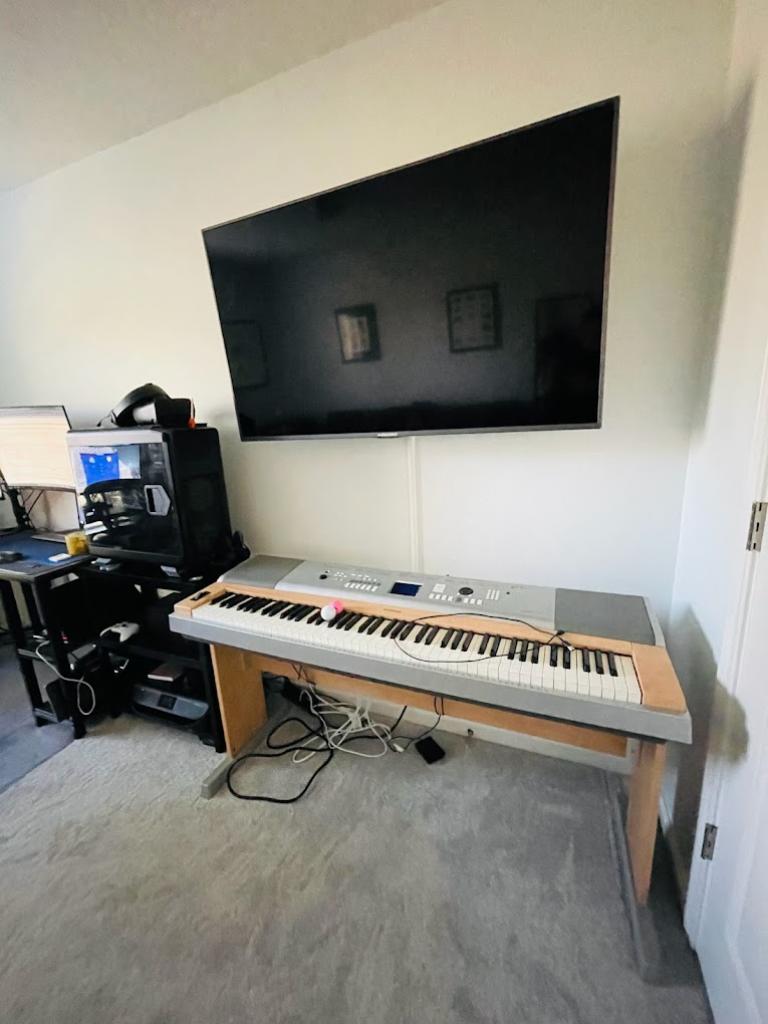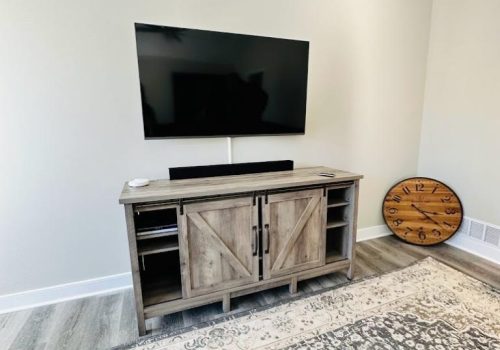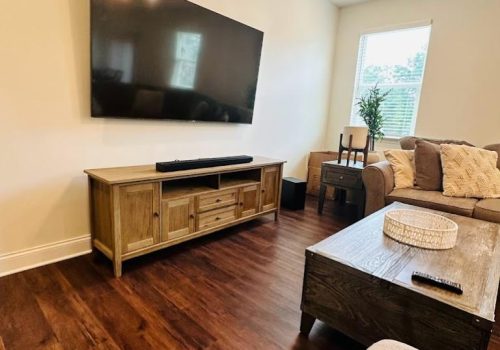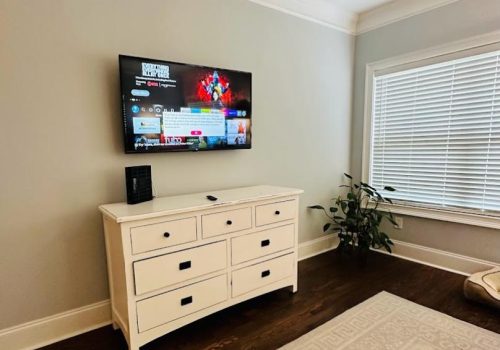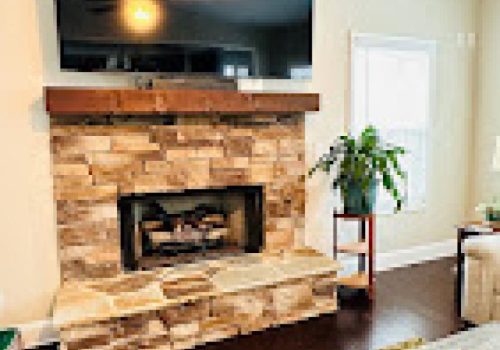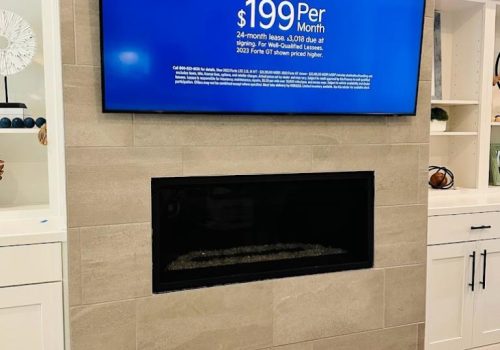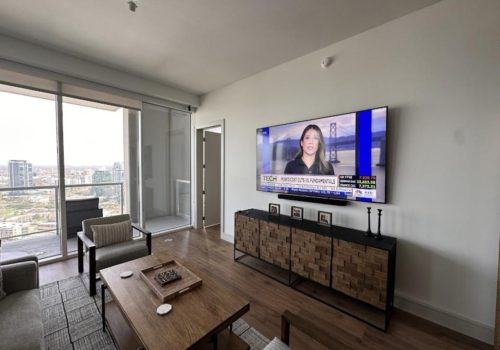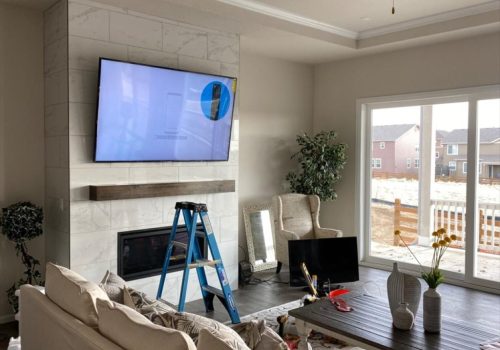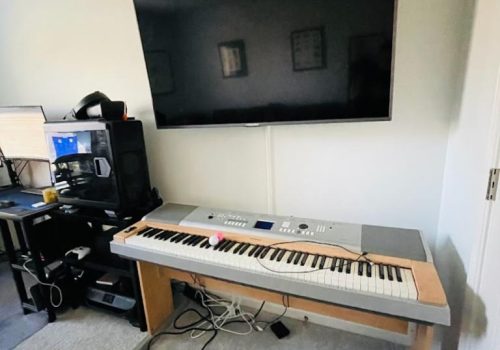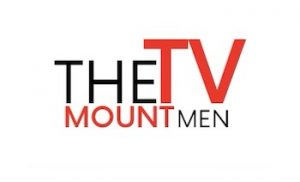Best TV Mounting Service In Dallas, Ga
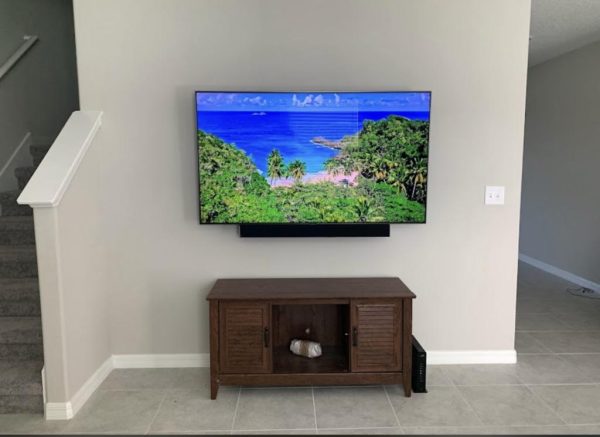
TV mounting refers to the process of securing a television to a wall or other surface using a TV mount. Proper TV mounting is essential for ensuring optimal viewing experiences and maximizing the space in a room. This article will delve into the different types of TV mounts, considerations for choosing the right one, the tools needed for TV mounting, the step-by-step process, safety considerations, common issues and troubleshooting, and tips for maintaining a secure TV mount.
There are three main types of TV mounts: fixed TV mounts, tilt TV mounts, and full-motion TV mounts.
Fixed TV mounts are the simplest and most affordable option. They hold the TV close to the wall without any adjustments. Pros of fixed TV mounts include their low profile, stability, and ease of installation. However, they do not allow for any viewing angle adjustments and may require additional accessories for cable management.
Tilt TV mounts, on the other hand, allow for vertical angle adjustments. This is beneficial for reducing glare and optimizing viewing angles. Tilt TV mounts are ideal for mounting TVs higher up on the wall, providing a better viewing experience for rooms with multiple seating areas. However, they do not allow for horizontal adjustments.
Full-motion TV mounts offer the most flexibility and adjustability. They allow for both vertical and horizontal adjustments, as well as the ability to swivel and extend the TV away from the wall. Full-motion TV mounts are ideal for larger rooms or spaces where the TV needs to be viewed from multiple angles. However, they are typically more expensive and more complicated to install.
When choosing a TV mount, there are several factors to consider. Firstly, the size and weight of the TV should be taken into account to ensure that the mount can safely support it. Additionally, the type of wall (stud or drywall) will determine what kind of mounting hardware is needed. Considering viewing angles and height adjustments is also important to ensure comfortable viewing experiences. Lastly, cable management options should be considered to keep cords organized and out of sight.
Tools and Equipment Needed for TV Mounting
To successfully mount a TV, several tools and equipment are required. A stud finder is necessary to locate the studs in the wall for secure mounting. A level is needed to ensure the TV is mounted straight. A drill and drill bits are required for drilling holes in the wall and attaching the mount. A screwdriver or wrench may be needed depending on the mounting hardware. Finally, cable management accessories such as cable clips or cable raceways should be used for a clean and organized appearance.
TV Mounting Process
The TV mounting process involves several steps. First, the mounting area should be prepared by clearing the space and ensuring the wall is clean and free of obstructions. Next, the TV bracket is mounted to the wall using the appropriate hardware and ensuring it is securely attached to the studs or using appropriate drywall anchors. The TV is then attached to the bracket, making sure it is level and securely fastened. Once the TV is mounted, adjustments are made for optimal viewing angles and height. Finally, cable management is addressed, and any remaining cleanup is done.
Safety Considerations
Safety is crucial when mounting a TV. The weight-bearing capacity of the wall should be known and not exceeded. Electrical safety precautions should be followed, such as turning off the power and using surge protectors. Proper lifting techniques should be used to prevent injury. It is also important to secure the TV to prevent it from tipping over, especially in homes with children or pets.
Troubleshooting and Common Issues
There are some common issues that may arise when mounting a TV. The TV may not fit properly on the bracket, which may require adjustment or purchasing a different mount. Uneven or unstable mounting can be addressed by ensuring the bracket is securely attached and using a level to straighten the TV. Cable and wire management challenges can be resolved by using cable management accessories and securing cords out of sight. Remote control and signal interference can be minimized by ensuring there are no obstructions and proper placement of devices.
Conclusion
Proper TV mounting is essential for achieving optimal viewing experiences and maximizing space in a room. By choosing the right TV mount, following the step-by-step process, and considering safety precautions, individuals can enjoy their favorite shows and movies without any hassle. Regular maintenance and occasional adjustments will help maintain a secure TV mount and extend its lifespan. With the right tools, equipment, and knowledge, anyone can successfully mount a TV and enhance their home entertainment setup.
Gallery
